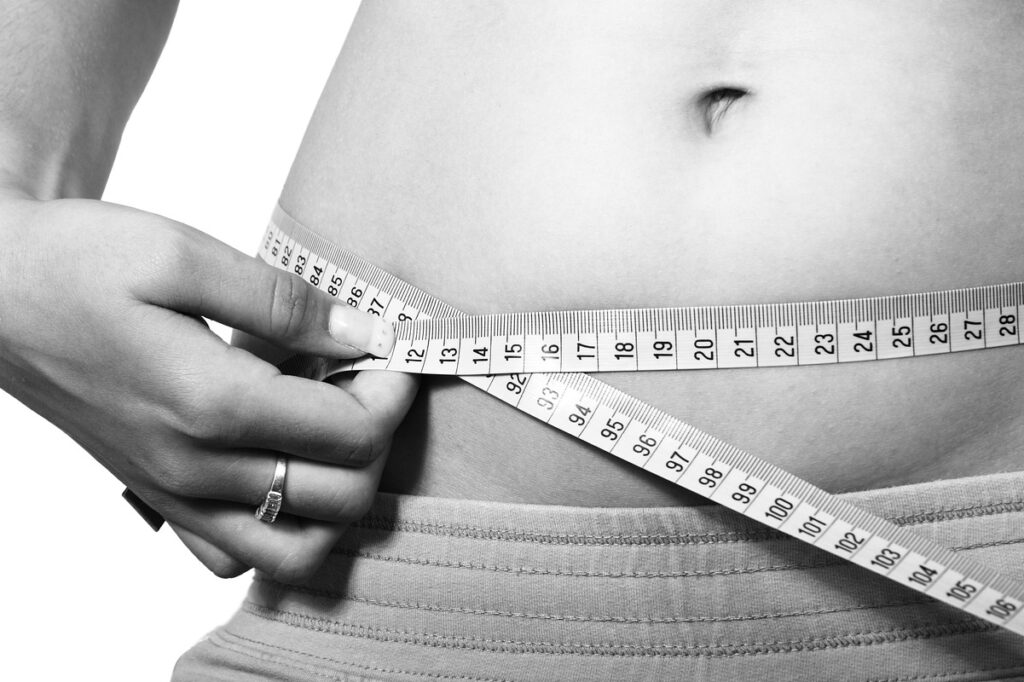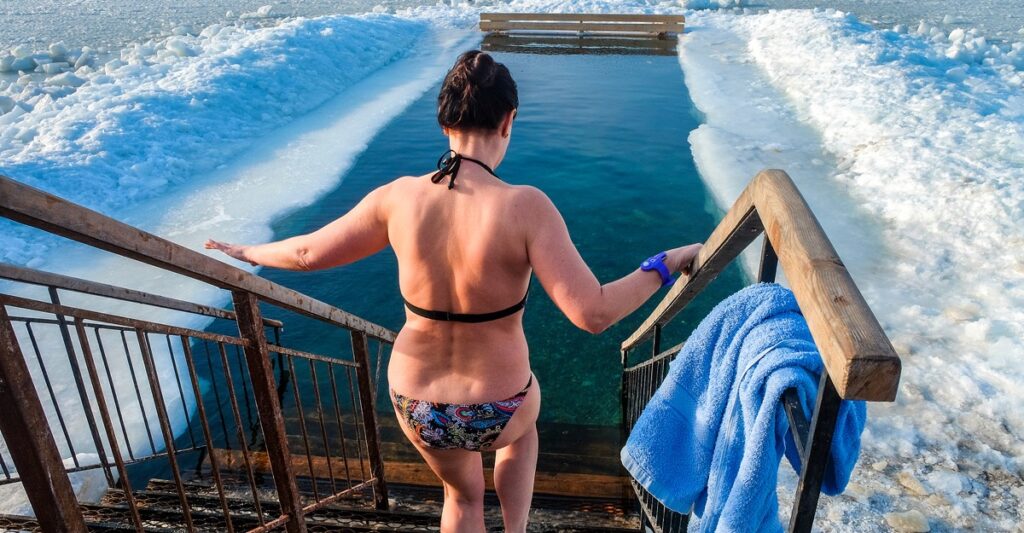Cold plunging, also known as cold water immersion (CWI), has been growing in popularity due to its numerous potential health benefits, including claims that it can aid in weight loss. While cold plunging alone isn’t a magic solution for shedding pounds, there is scientific evidence suggesting that it can support weight management through several physiological mechanisms. Let’s explore how cold plunging might contribute to weight loss.
1. Activation of Brown Fat (Thermogenesis)
One of the key ways cold plunging may help with weight loss is through the activation of brown adipose tissue (BAT), or brown fat. Unlike white fat, which stores calories, brown fat burns calories to generate heat. This process, known as non-shivering thermogenesis, is the body’s natural response to cold exposure. When the body is exposed to cold water, it activates brown fat to maintain core body temperature, which in turn increases calorie burning.
- The science: Studies have shown that cold exposure stimulates brown fat activity. Research published in The New England Journal of Medicine (2013) demonstrated that prolonged cold exposure increased brown fat activation and calorie burning in humans, suggesting that cold immersion could support weight regulation through thermogenesis.
2. Increased Metabolic Rate
Cold water immersion forces the body to work harder to maintain its internal temperature, temporarily increasing the metabolic rate. This means that during and shortly after a cold plunge, the body burns more calories as it tries to warm up. This elevated energy expenditure can contribute to overall calorie burn.
- Supporting evidence: A study in The Journal of Clinical Investigation (2014) found that cold exposure can increase total daily energy expenditure by activating brown fat, potentially helping with weight loss. However, the metabolic boost is typically modest and temporary, meaning consistent exposure to cold temperatures might be needed for noticeable effects.
3. Improved Insulin Sensitivity
Cold plunging may also improve insulin sensitivity, which is crucial for metabolic health and weight management. Better insulin sensitivity helps the body regulate blood sugar more effectively, reducing the risk of fat accumulation.
- Research findings: A study published in Nature Medicine (2015) indicated that regular exposure to cold temperatures increased insulin sensitivity and improved glucose metabolism in participants. This suggests that cold plunging could help prevent excessive fat storage by improving how the body processes glucose.
4. Stress Reduction and Hormonal Balance
Cold plunging can help reduce stress by stimulating the release of norepinephrine, a neurotransmitter and hormone involved in the body’s stress response. Chronic stress is associated with weight gain, particularly due to increased levels of cortisol, a hormone that promotes fat storage, especially around the abdominal area.
- Norepinephrine release: Cold exposure has been shown to increase norepinephrine levels, which not only helps with stress management but also has potential appetite-suppressing effects. Reduced stress and better hormonal balance may prevent emotional or stress-related overeating, indirectly supporting weight management.
5. Muscle Recovery and Exercise Consistency
Cold plunging is widely recognized for its ability to reduce inflammation and speed up muscle recovery after exercise. By alleviating muscle soreness and reducing recovery time, cold plunging allows individuals to maintain a more consistent workout routine, which is critical for weight loss.
- Exercise support: A study published in the European Journal of Applied Physiology (2014) confirmed that cold water immersion helps reduce post-exercise muscle soreness, making it easier for athletes and fitness enthusiasts to stick to their exercise regimens. While cold plunging doesn’t directly cause weight loss, it supports an active lifestyle, which is essential for burning calories and maintaining a healthy weight.
6. Appetite Control
There is some anecdotal evidence that cold plunging may temporarily suppress appetite. This effect is thought to be related to changes in hormone levels caused by cold exposure, including an increase in norepinephrine, which can reduce hunger in the short term. However, more research is needed to confirm whether cold plunging consistently influences appetite over the long term.
Is Cold Plunging Enough for Weight Loss?
While cold plunging activates brown fat, boosts metabolism, improves insulin sensitivity, and aids muscle recovery, it is not a stand-alone solution for significant weight loss. The calorie burn from cold exposure is relatively modest unless the practice is done regularly over extended periods.
For sustainable weight loss, cold plunging is best used as a complementary tool alongside a balanced diet, regular exercise, and overall healthy lifestyle changes. It can be particularly effective in supporting recovery, enhancing metabolic health, and improving stress management, which are all important factors in a successful weight loss plan.
Complementary strategy for losing weight
Cold plunging can be a beneficial addition to a weight loss routine, offering several physiological advantages like activating brown fat, increasing metabolic rate, improving insulin sensitivity, and reducing inflammation. However, it should be viewed as part of a broader weight management strategy rather than a quick fix. Combining cold plunging with healthy eating, consistent exercise, and other wellness practices is likely the most effective approach to achieving and maintaining weight loss goals.


